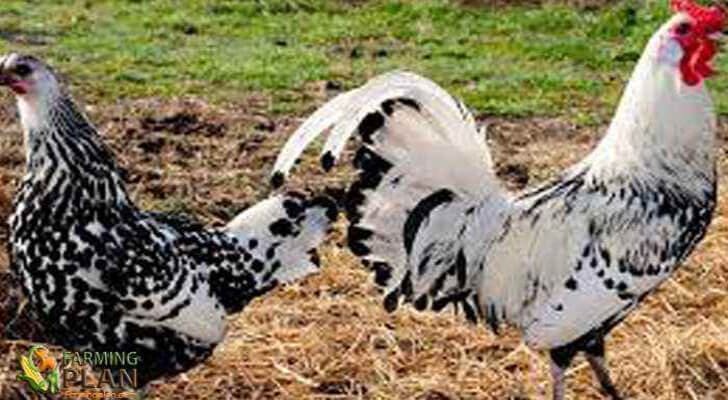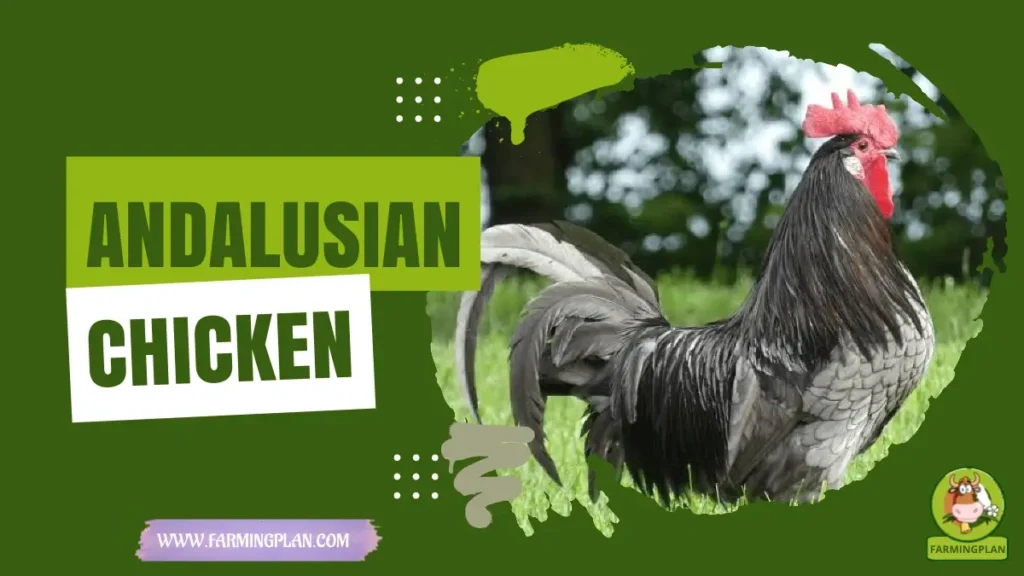The Orpington duck had a reputation as a miracle duck, by the number of eggs it put annually in the early and mid-twentieth century when duck egg production was still profitable. It was especially William Cook, a native of Orpington, in the county of Kent, in the United Kingdom, who already had a good reputation as a poultry farmer and his experiments with crosses of mostly Indian runner ducks, which gave rise to this breed.
In 1910, Cook and his son also created the black, blue and brown Orpingtons bypassing all crosses with Cayuga, along with Campbell, the Abacot Ranger and the harlequin duck. They are smaller in size than the races of royal flesh, such as Rouen, Beijing, or Aylesbury.

All these small races are descendants of the Indian corridor that imported, to England several times between 1830 and 1930. This explains its slight verticality and its capacity for the laying of eggs.
William Cook, the famous poultry breeder of Orpington, in Kent County, mixed Cayuga ducks, Indian Runner, Aylesbury, and Rouen ducks to create a beige duck that would allow him to take advantage of the early fashion 20th-century English plumage of beige.
Characteristics of Orpington Duck
The Orpington duck is a medium-weight breed, weighing 3.6 kg. It is a large elongated bird, with an oval head, gracefully curved neck. The inclination of the body of the duck Orpington is twenty degrees on the horizontal, its wings are short and have a small tail, very curly. Both males and females of this species have beige plumage, orange-yellow legs, and fingers and brown eyes. The beak of the male is yellow, while in the female, it is brownish-orange.
The number of eggs laid, is about 150-220 eggs per year, weighing about 70 g. It has a weight gain relatively quickly, so it is ready for the market in 8-10 weeks. It is a very attractive race, but with some difficulty of keeping it pure.
Food
The Orpington duck feeds on corn and soybean feed. Just as your diet is added to certain grains, such as oats and wheat, and some vegetables.
Usage
The Orpington duck is a breed of several purposes. The poultry breeders reproduce it by the production of eggs since annually reproduce a lot of eggs, also is used for the expositions.
Special Feature
The Orpington duck is a breed that is dedicated to exhibitions and exhibitions, but for this, the breeders must be aware of their genetic characteristics and that the breed is kept pure. Much attention is required in breeding as to its coloration and possible defects.
The duck should be solid-looking and strong, but not rude. The head and neck should be without blue undertones. The beak is long, straight, with no trace of green orange. The chest should be without streaks or lines (common defect in yellows) and yellow should be extended on the sides and the belly to the tail.
Feathers speckled white or just below or next to the tail are very penalized in the exhibitions. The back and tail may show only a minimum number of blue feathers or a blue thread. The reddish-brown back is even a guarantee to use for breeding. The feathers should be yellow and the feathers on the wings, as yellow as possible.
Duck Profile
| Duck name | Orpington Duck |
| Other Name | Any |
| Duck Purpose | Eggs laying and exhibitions |
| Feather color | Beige. |
| Weight | 3 to 3.6 Kg |
| Climate Tolerance | All climates |
| Egg Color | White |
| Egg Size | Big |
| Egg Productivity | High (150 to 220 eggs in the year). |
| Rarity | Normal |
| Country of Origin | United Kingdom |
FAQ
Are Orpington ducks friendly?
Yes, Orpington ducks are generally friendly and docile. They are an excellent choice for those looking to keep ducks as pets. Not only do they have a pleasant temperament, but they also lay a good number of eggs each year.
Are Buff Orpington ducks rare?
No, Buff Orpington ducks are not rare. They are a popular breed of domestic duck that was developed in England in the late 19th century. The Buff Orpington is a dual-purpose breed, meaning it is kept for both egg and meat production. They lay an average of 150 large white eggs per year and have very good mothering instincts, making them great for backyard flocks.
How many eggs do Orpington ducks lay?
Orpington ducks are prolific egg layers, laying an average of 180-200 eggs per year. The eggs are large and white, with an average weight of approximately 2.2 ounces each. The peak egg-laying season for Orpington ducks is in the spring and summer months, when they can lay up to 4 eggs per week. In the winter months, their egg production slows down significantly, to only 1 or 2 eggs per week.
Conclusion
We hope this guide has helped you on your journey to finding the perfect breed of duck for your farm. These are just a few breeds that can grow well in different environments and conditions, but there are plenty more out there. Good luck on your journey!


